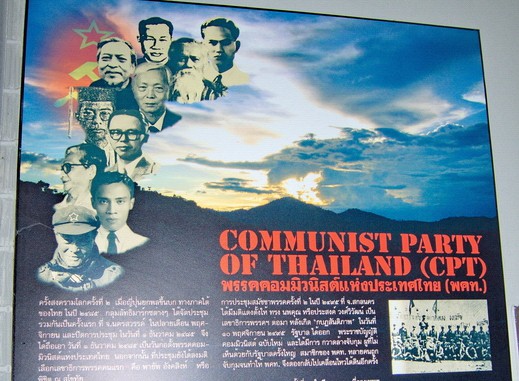The History of Nan
Little-known Nan goes back to the depths of the history of Thailand. For centuries it was a separate, autonomous kingdom with few relationships with the outside world.
There is much evidence of prehistoric habitation, but it wasn’t until several small meuang united to form Nanthaburi on the Nan river in the mid-14th century – contemporary with the creation of Luang Prabang and the Lan Xang (Million Elephants) kingdom in Laos – that the city became a power to be taken into account. Associated with the mighty Sukhothai kingdom, the meuang took the title Wara Nakhon and played a significant part in the development of early Thai nationalism.
By the end of the -14th century Nan was one of the nine northern Thai-Lao principalities that comprised Lan Na Thai (now Lanna) and the city state flourished throughout the 15th century under the name Chiang Klang (Middle City), a reference to its position roughly midway between Chiang Mai (New City) and Chiang Thong (Golden City, which is today’s Luang Prabang). The Burmese took control of the kingdom in 1558 and deported many of the inhabitants to Burma as slaves; the city was completely deserted until western Thailand was retaken from the Burmese in 1786. The local dynasty then regained local sovereignty and it remained semi-autonomous until 1931 when Nan finally accepted full Bangkok dominion. Parts of the old city wall and several early wats dating from the Lanna period can be seen in contemporary Nan. The city of Nan’s wats are distinctive: some temple structures show Lanna influence, while others belong to the Thai Lue legacy brought from Xishuangbanna in China, where the Thai Lue people came from.
For centuries Nan was an independent kingdom but, due to its remoteness, had few connections to the other kingdoms. The first kingdom around the city Mueang Pua (also known as Varanagara) was created in the late 13th century. Its rulers, the Phukha dynasty, were related to the founders of Vientiane, however it became associated with the Sukhothai kingdom as it was easier to reach from the south than from the east or west. In the 14th century the capital was moved to its present location at Nan.
In the 15th century, when Sukhothai declined in power, it became vassal of the kingdom of Lannathai. In 1443 King Kaen Thao of Nan plotted to capture neighboring Phayao by asking King Tilokaraj to help him fight against Vietnamese troops attacking Nan, even though there was no such threat. Kaen Thao killed the king of Phayao, however the troops of Tilokaraj then attacked Nan itself, and captured it in 1449.
When Lannathai was under Burmese rulership, Nan tried to liberate itself many times without success, which finally led to direct Burmese rulership of Nan in 1714. In 1788 the Burmese rulers were finally driven back, however Nan had to then accept the new Siam rulers. In 1893 after the Paknam crisis Siam had to give a big part of eastern Nan to French Indochina.
However Nan kept some degree of independence from the Siamese rulers, and it took until 1931 to become fully integrated into Thailand, and the province was then created.
Before the early 1980s bandits as well as People’s Liberation Army of Thailand (PLAT) guerillas were a big problem in the province, usually destroying highway construction overnight. With the help of the army and the more stable political system the province improved significantly, but is still a very rural and remote area.
*Source: Wikipedia

